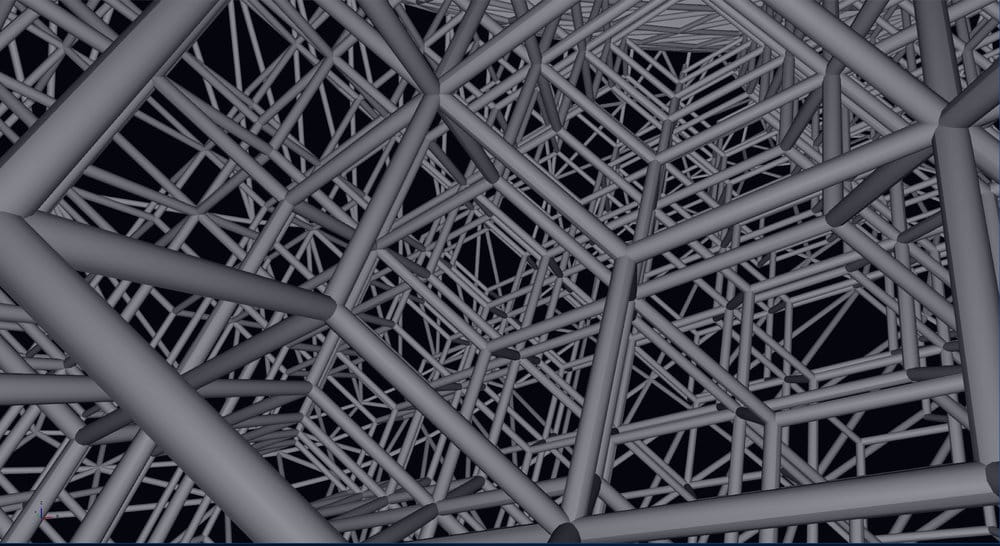
nTopology provides software to generate complex lattices, perfect for use in 3D printing projects.
A lattice is a complex structure that resembles a scaffold. If engineered correctly, it can provide reasonable strength with a minimum of material used, something rather important for 3D printing.
A complex lattice is something relatively new in the field of making, as the tooling of years ago was unable to physically produce anything more than just basic lattice elements. Today’s lattices are typically generated by software as their complexity is far beyond anything that could be done manually.
That software is what we’re talking about today. Specifically, the tools offered by nTopology, a company dedicated to providing lattice generating software for 3D printing.
“Element”, their Windows-based tool, permits easy generation of internal lattice structures that when 3D printed could provide far lighter parts that still retain sufficient strength for their intended application.
Starting with a solid shape, Element carves out the interior and replaces it with a lattice designed around parameters you specify. From there you can do things like thickening the spars, for example. This video shows briefly how it can work:
nTopology offers two versions of Element: a Free and Pro version. The free version should be sufficient tor experiments and hobbyist use, while the Pro version includes a number of more advanced features, including:
- File Management: Ability to import and export lattices in XML format. This permits you to use other tools, such as stress analyzers, to operate on the generated data.
- Library of Rules: Ability to define standard rules regarding the generation of lattices. This enables an easy way to ensure a series of parts within a project all conform to the same lattice parameters.
- Stochastic Structures: Beyond the regular uniform lattices generated by the free version, the Pro version permits generation of random organic-style lattices that may be of more interest in certain applications.
- Vector Alignment: Vectors can be defined to guide the direction of lattice structures, making them potentially stronger and even lighter.
- Thickening Options: The Pro version can thicken structures beyond simple round cross-sections and can, for example, produce square cross-sections.
- CAD Formats: This feature enables direct import and export to a variety of popular 3D modeling formats, bypassing the issues of STL files.
- FEA Analysis: This module provides a basic finite element analysis on the generated lattice to see how well it could function.
- Conformal Structures: Structures that follow the curve and shape of the part design, so that strength is optimized.
Each of these capabilities is sold as a module so you can pick and choose which ones you’d like to install. However, they are paid features.
If you’re interested in experimenting with generated lattices for your 3D printed parts, you may want to check out nTopology’s options.
Via nTopology

